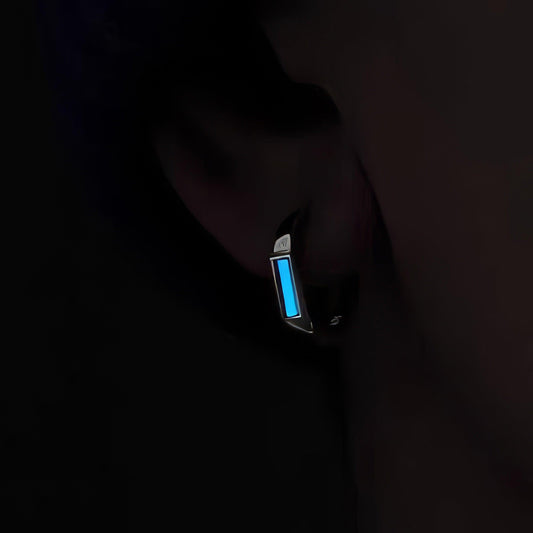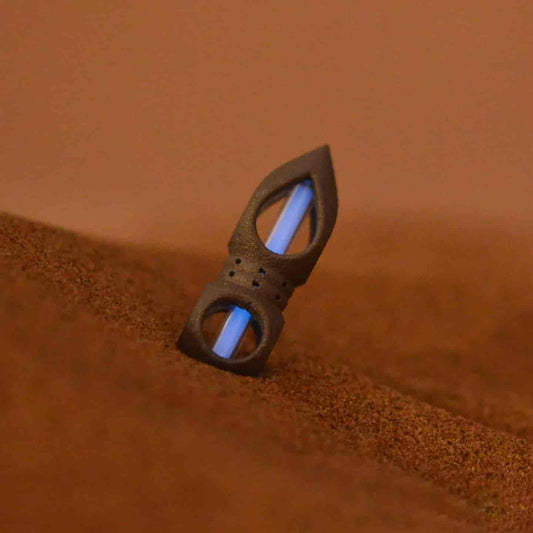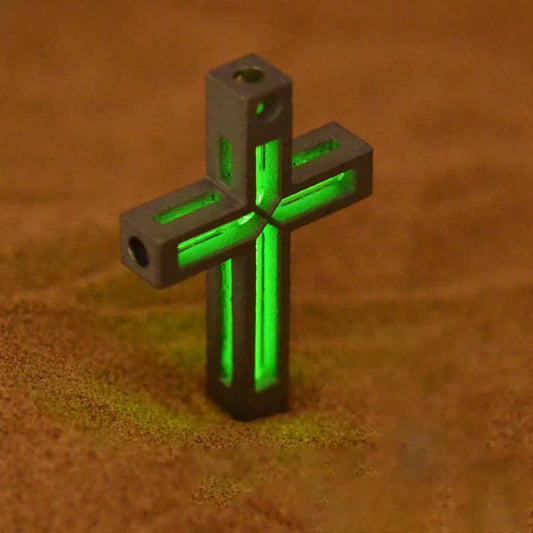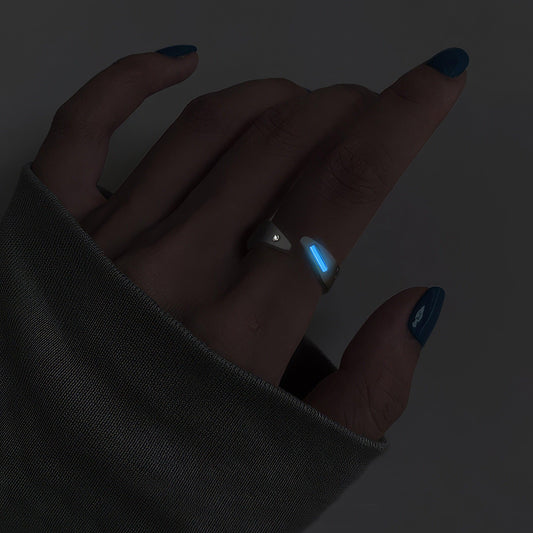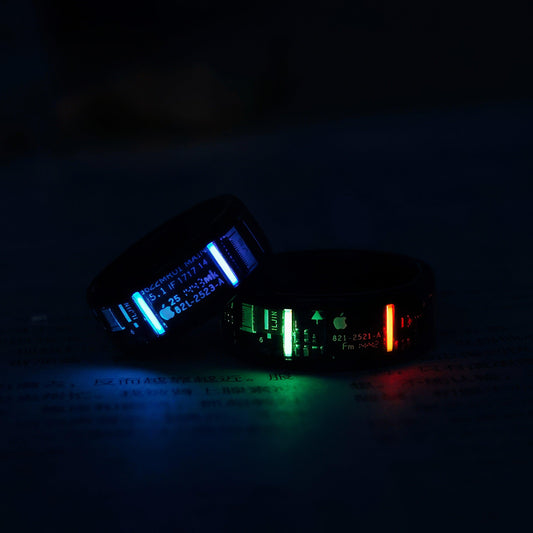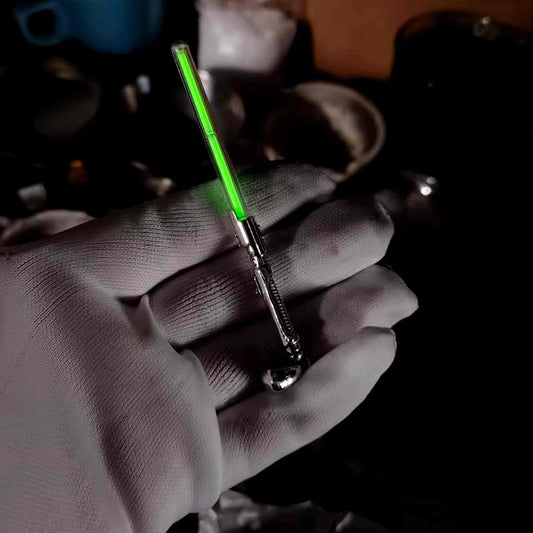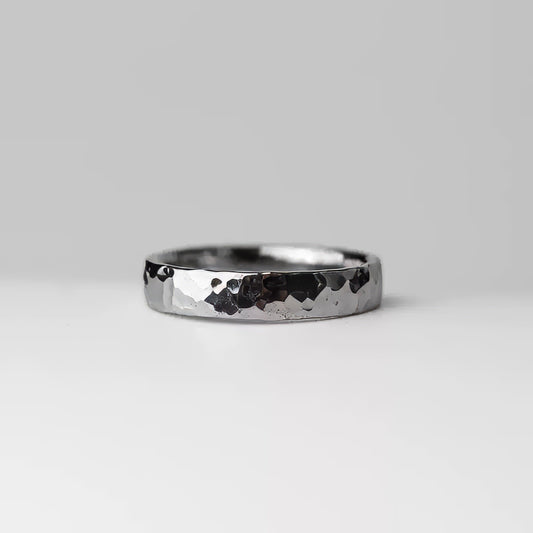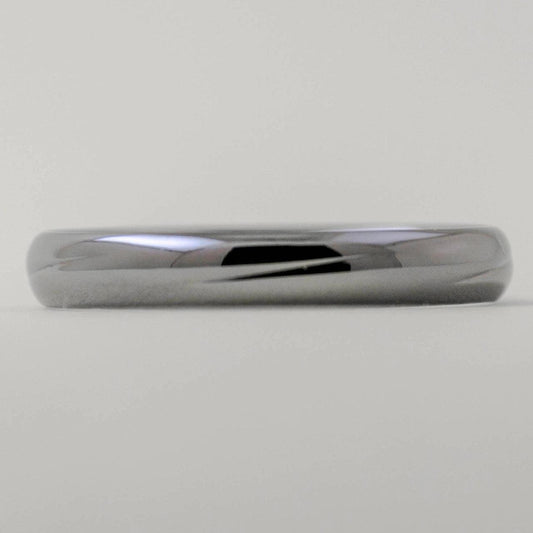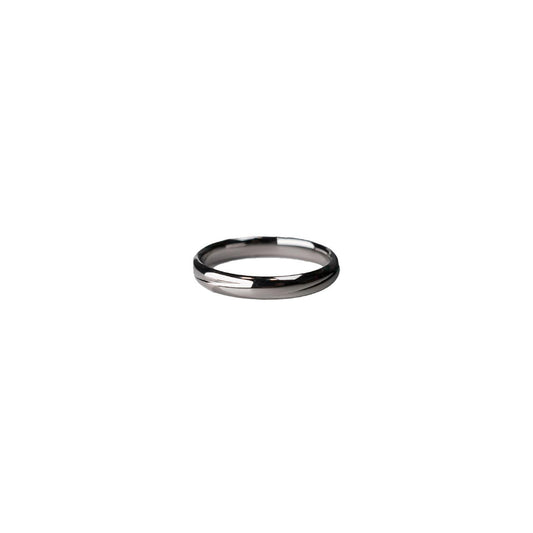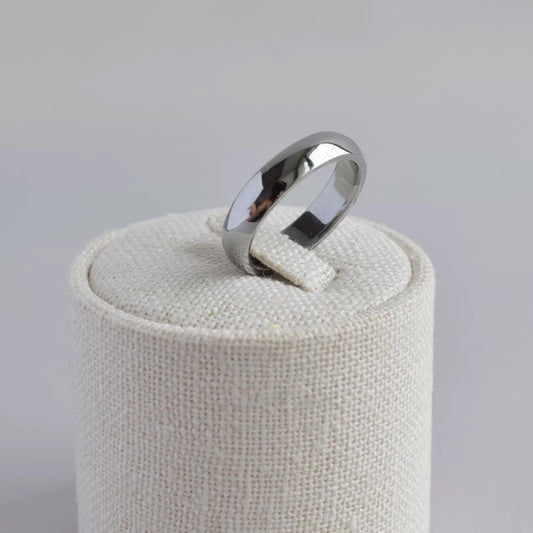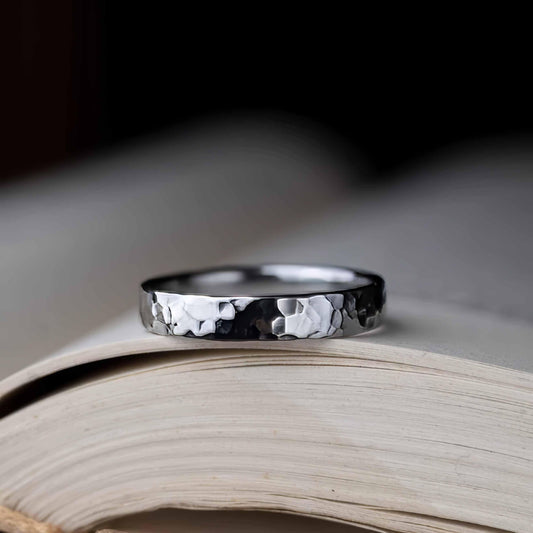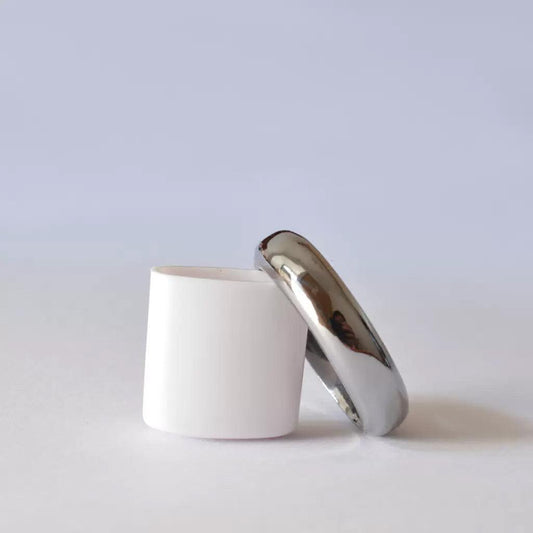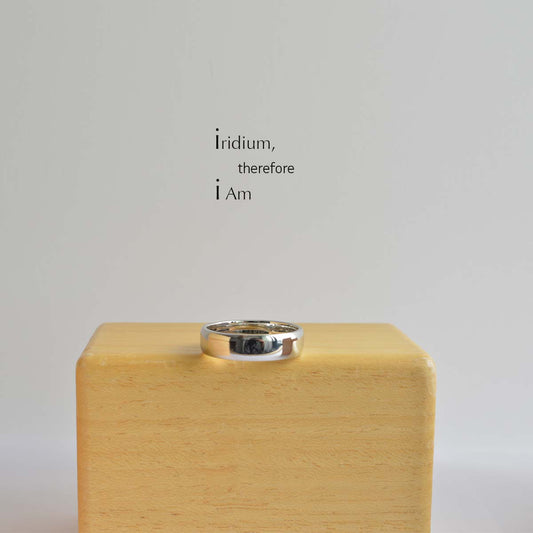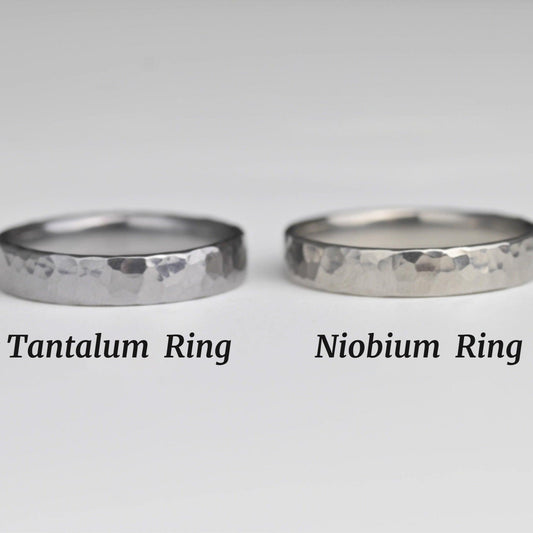The Real Cost of Sparkle Understanding Lab-Grown Diamond Ring Prices
The Real Cost of Sparkle Understanding Lab-Grown Diamond Ring Prices
When my friend Sarah showed me her newly acquired engagement ring, I was mesmerized by the way it caught the light with a depth of clarity I’d never noticed before. "It’s a lab-grown diamond," she casually mentioned, as if this wasn’t a game-changer. Until recently, I had a very traditional view of diamonds, rooted in an assumption that only those formed over millions of years beneath the Earth's crust held real value. However, lab-grown diamonds are rapidly shifting this narrative, and with it, they are altering how we think about pricing.
Lab-grown diamonds, created using advanced technological processes, are chemically and physically identical to their natural counterparts. However, there's a distinction in pricing that often surprises people. On average, lab-grown diamonds can be up to 30-40% less expensive than mined diamonds. This disparity primarily stems from the supply chain: lab-grown diamonds eliminate the need for mining, which is both resource-intensive and costly. The controlled environment of a lab allows for greater efficiency and predictability in production.
But does that mean quality is compromised? Quite the opposite. Lab-grown diamonds offer exceptional quality, often with fewer imperfections unless purposefully included to mimic natural flaws. In fact, the precision of lab cultivation allows for customization in color and size that might be implausible or exorbitantly priced with natural stones. For couples exploring engagement rings on a budget, lab-grown options open up a world of possibilities for larger stones or more elaborate settings without breaking the bank.
In a world where sustainability increasingly influences purchasing decisions, lab-grown diamonds present a compelling choice. They offer a guilt-free sparkle, devoid of the ethical concerns surrounding conflict diamonds and environmental degradation. This factor alone has swayed many modern couples, who prioritize eco-friendliness and ethical transparency as much as style and tradition. When Sarah and her fiancé weighed their options, the environmental impact shaped their choice significantly. "It just felt like the right decision for us," she explained, her gaze fixed lovingly on the ring.
The market for lab-grown diamonds is growing, and so is the variety available. Whether you’re drawn to classic solitaire settings or more avant-garde designs, these diamonds adapt seamlessly to personal tastes and stylistic trends. The streamlined production also means that newer styles can hit the market faster and at more accessible prices. It’s a bit like fast fashion, without the negative connotations—it retains quality without sacrificing the uniqueness of design.
As lab-grown diamonds continue to gain popularity, they are redefining what it means to own a diamond. There’s a quiet revolution happening in the jewelry world, and it’s sparking as much interest as it is debate. So whether you’re considering purchasing one for the first time or just curious about emerging trends in jewelry, lab-grown diamonds offer a value proposition that is hard to resist. At the end of the day, a diamond is not just about its sparkle, but the story it tells—and with lab-grown options, that story can be both beautiful and conscientious.

